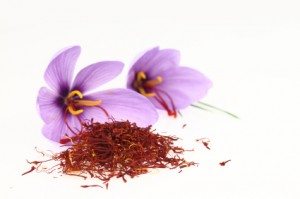
Saffron is a spice derived from the flower of Crocus sativus, commonly known as the saffron crocus.
Each saffron crocus grows to 20–30 cm (8–12 in) and bears up to four flowers, each with three vivid crimson stigmas, which are each the distal end of a carpel.
Together with the styles, or stalks that connect the stigmas to their host plant, the dried stigmas are used mainly in various cuisines as a seasoning and coloring agent.
Saffron, long among the world’s most costly spices by weight roughly 150 flowers together yield 1 gram of dry saffron filaments.
Chemistry of Saffron:-
It contains different volatile and non-volatile components which include different carotenoids. The yellow-orange color is due to Alpha-Crocin and have polyene dicarboxylic acid i.e. Hydrophobic and thus oil soluble. Alpha-Crocin comprises more than 10% of dry mass of saffron.
The bitterness of saffron is due to glucoside picrocrocin responsible for its flavor.
And the aroma of the saffron is due to safranal (a volatile oil) and comprises up to 70% of the dry saffron’s volatile fraction.
Saffron is light sensitive and sensitive to oxidizing agents thus must be stored in airtight containers.
Forms of Saffron:-
(A) Filaments form is dry, dark red in color and 20mm to 40mm in length.
(B) Powder form is obtained by crushing the filaments under controlled conditions.
Grades of Saffron:-
The grading system of saffron includes some requirements which are
(1) Flavor:- It can be expressed as a direct reading of the absorbance of picrocrocine at 257nm on a dry basis or we can say a check for bitterness.
(2) Aroma (Safranal):- It can be expressed as a direct reading of the absorbance at 330nm on a dry basis.
(3) Colouring Strength:- It can be expressed as a direct reading of the absorbance of crocin at 440nm on a dry basis.
All these have some range of values which help us for grading of saffron i.e. Grade-1 to Grade-4.
Test to be carried out on Saffron are:
1. Identification test for Saffron
2. Floral waste in Saffron
3. Extraneous matter in Saffron
4. Moisture & volatile matter % in Saffron
5. Total Ash % (on dry basis) in Saffron
6. Acid-insoluble ash % (on dry basis) in Saffron
7. Solubility in cold water % (on dry basis)
8. Total Nitrogen % (on dry basis)
9. Crude Fiber % (on dry basis).
Uses of Saffron & Trade:-
Iran gives a total of 93% of global production of saffron. However, in India, Kashmir deals with the production of saffron. Saffron is used in Indian, European, Arab, Persian, Turkish cuisines.
Some of liquors & confectioneries also include saffron. Saffron is also used in dyes and perfumes in some countries. As saffron have anticancerous, antimutagenic and antioxidant properties, thus it also has some medicinal aspects and properties.
Our Laboratory is capable of performing all the test for Saffron as per IS 5453 (part 1): 1996 and as per FSSAI 2011. Please feel free to contact us using the quick query form on the right or call us now on +91-11-45754575.




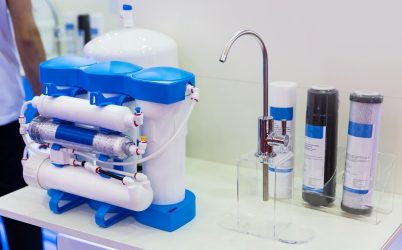

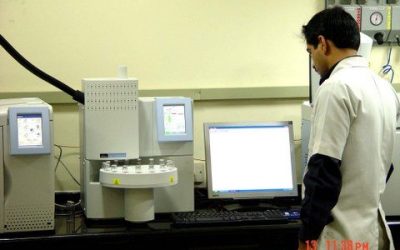
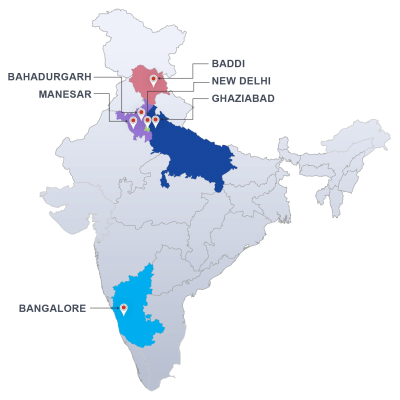
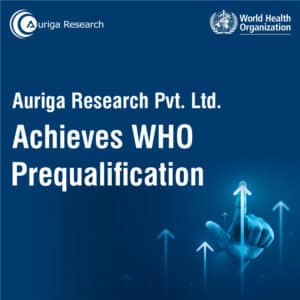


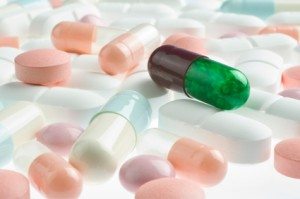
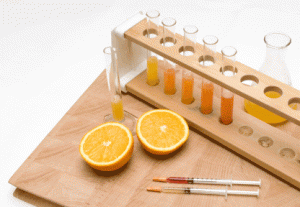

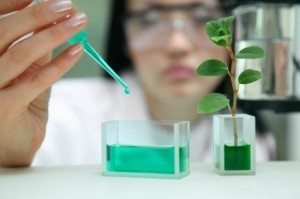


2 Responses
Dear Sir/Madam
It is said that this lab has done a certified test on the saffron available online on a marketing site called mlkingfood.com/. Need to know that is it true or that the site is using the name of ur company falsely.
Thank you.
Dear Punit, the tests were performed by our lab. If you want to cross check you can also send us a sample.